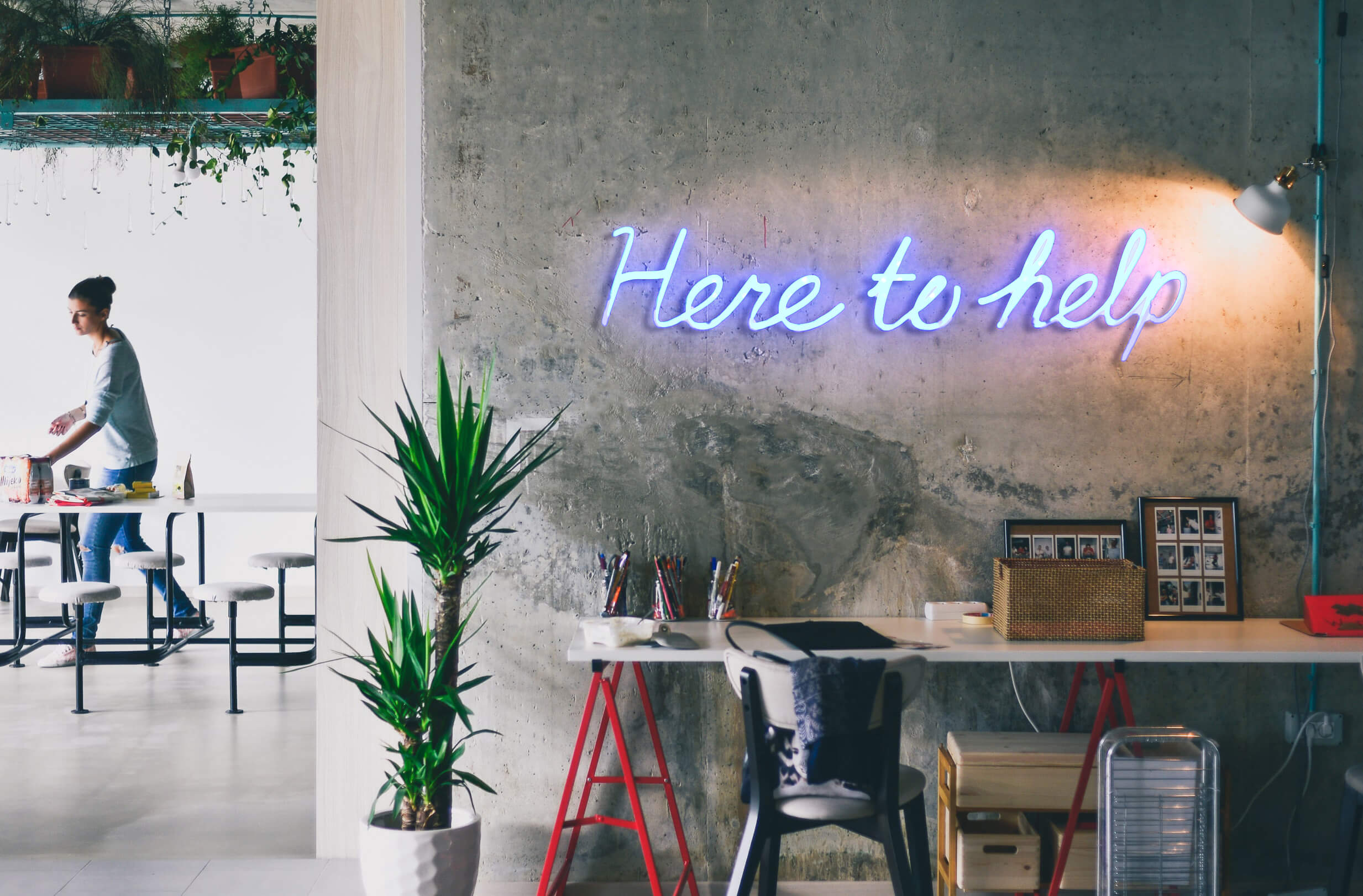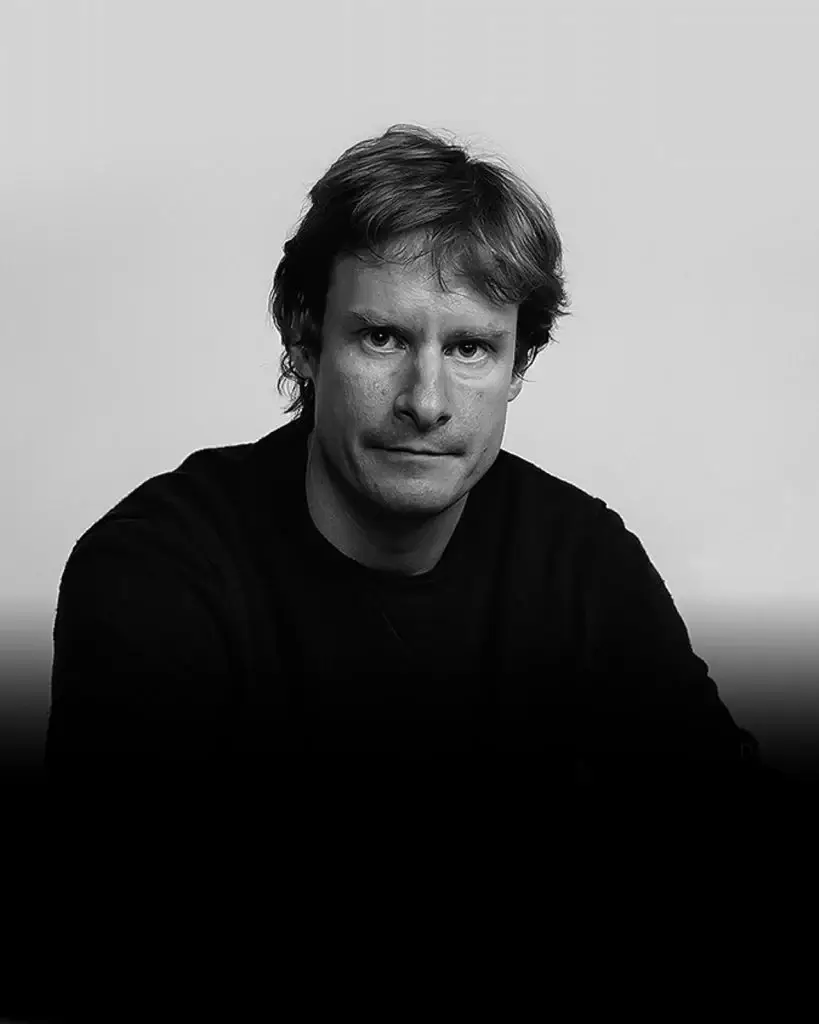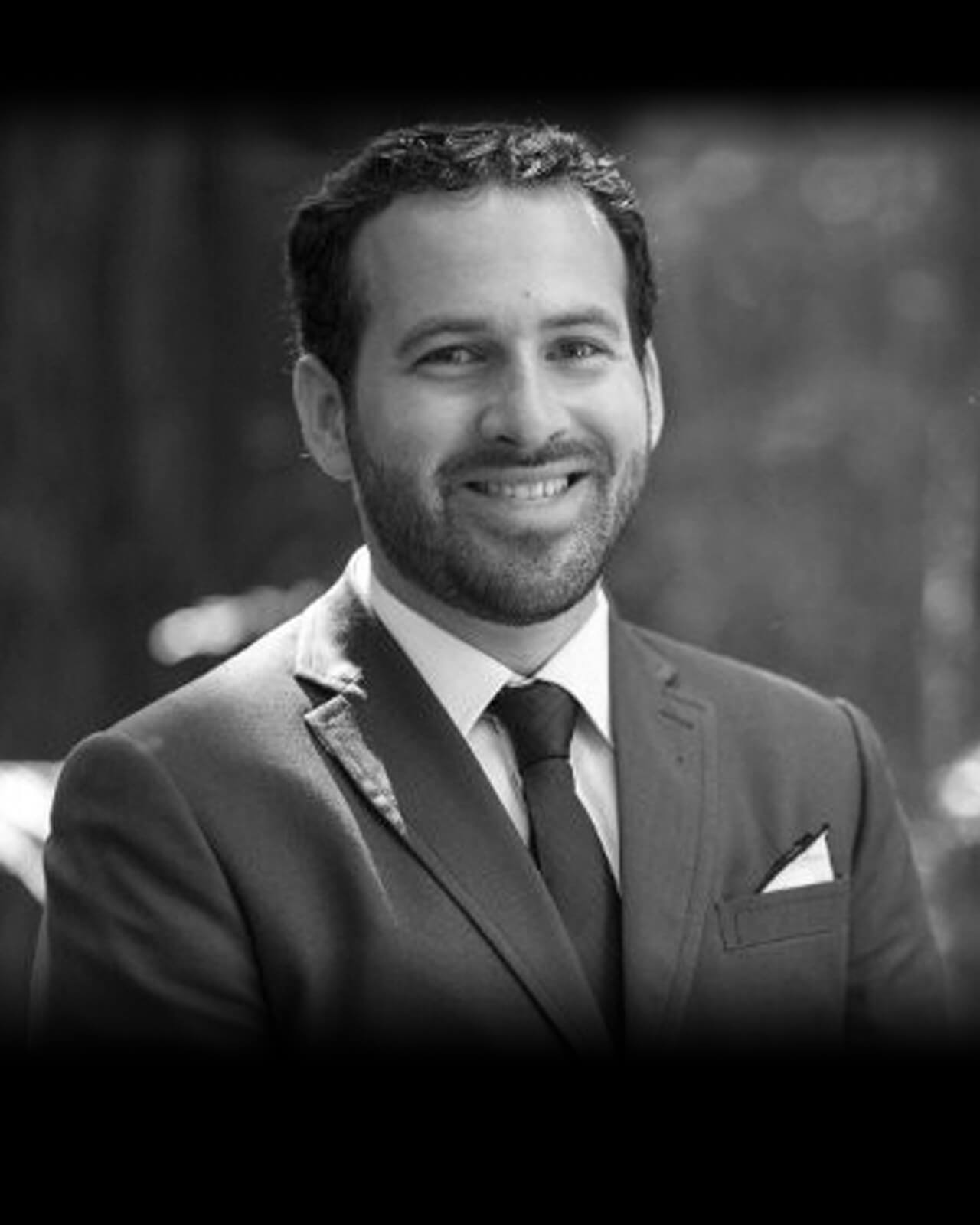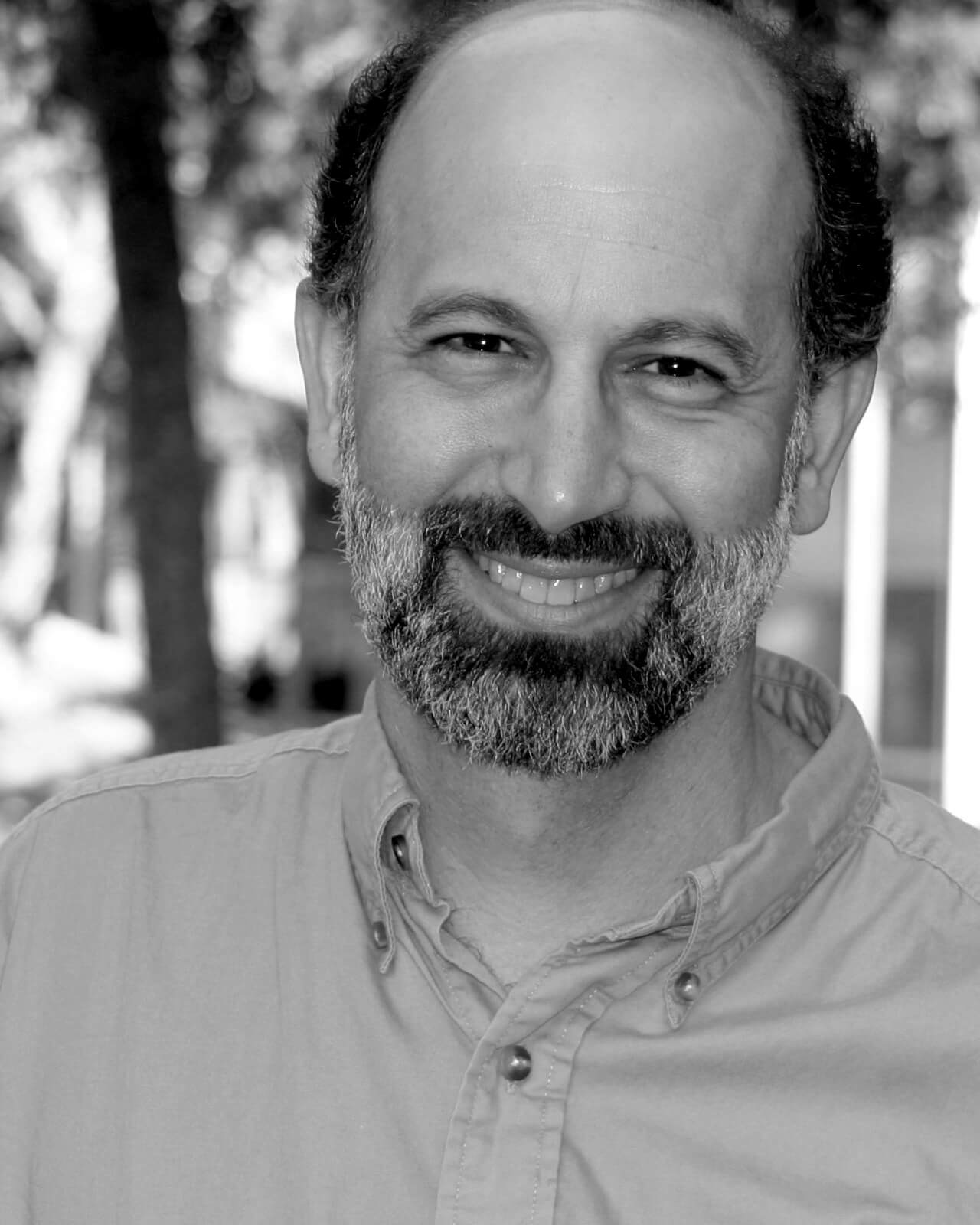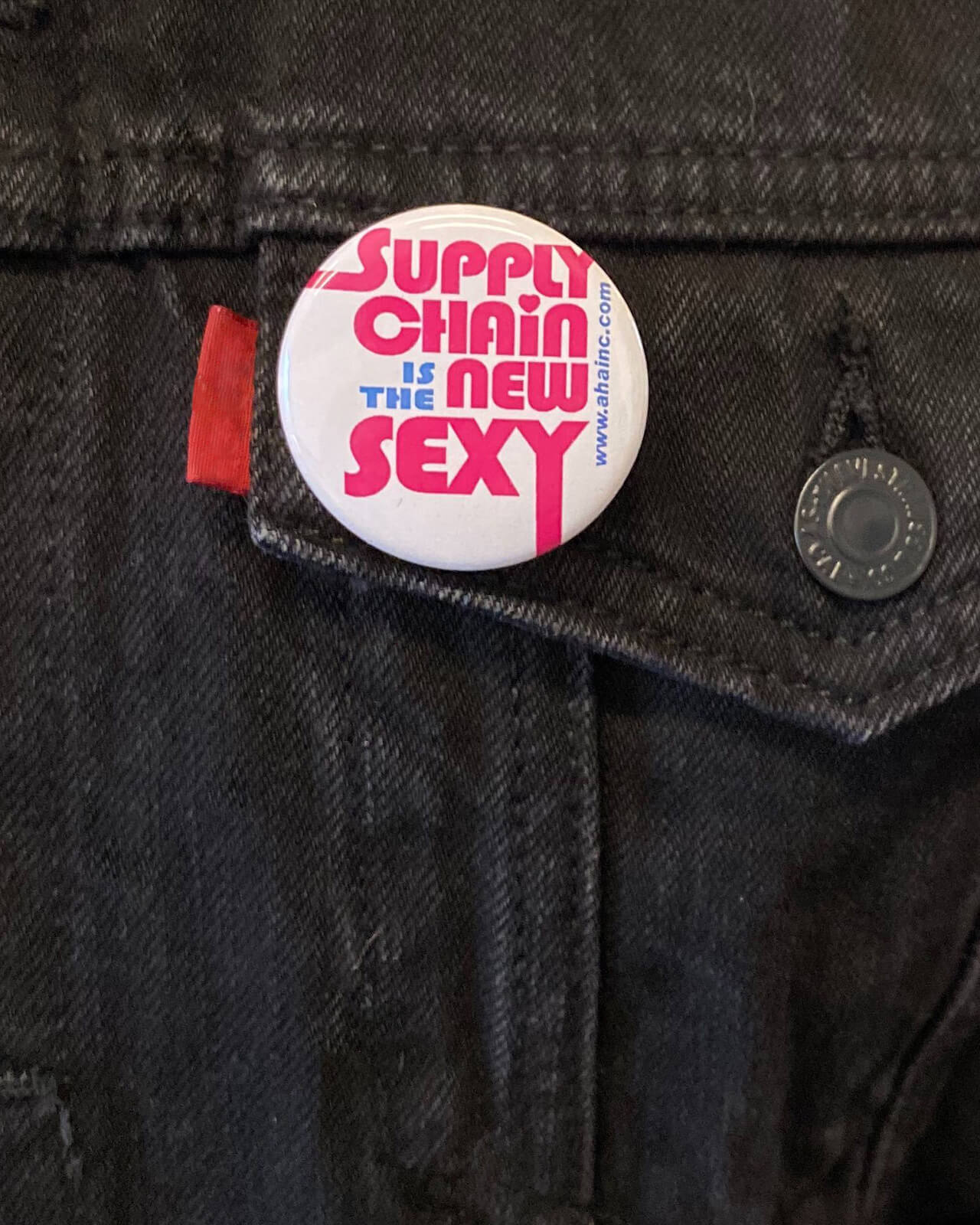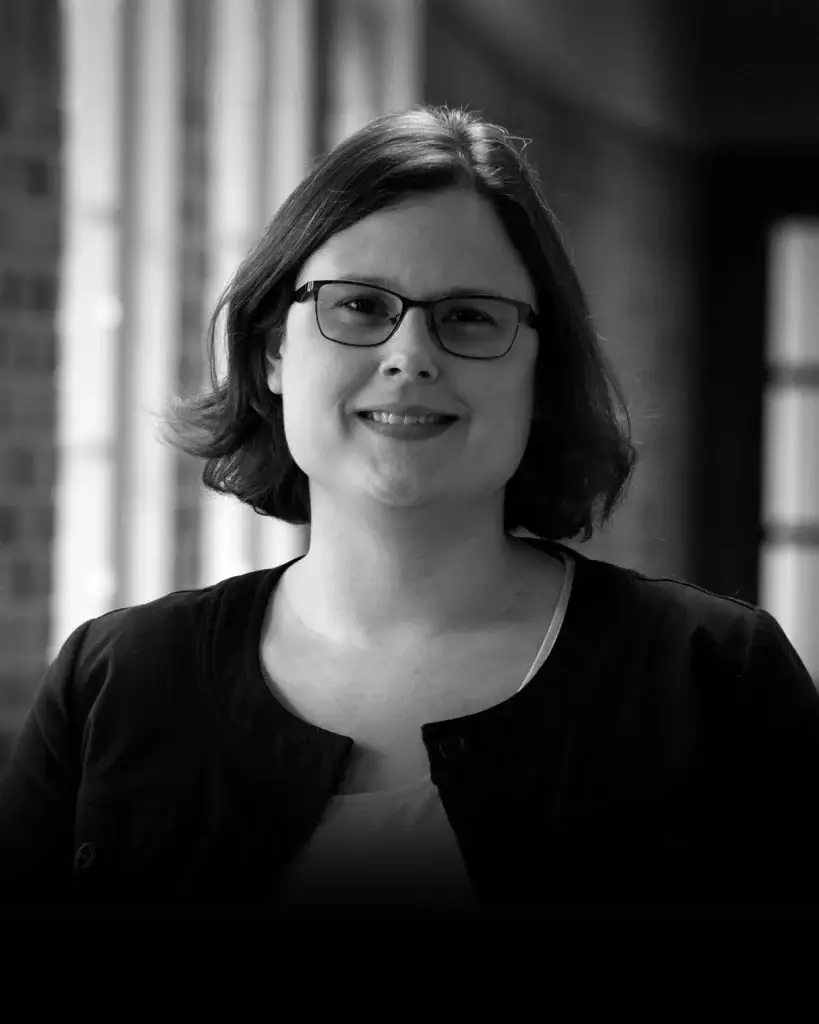ESG leadership from the inside out
ESG Reporting and Communications Lead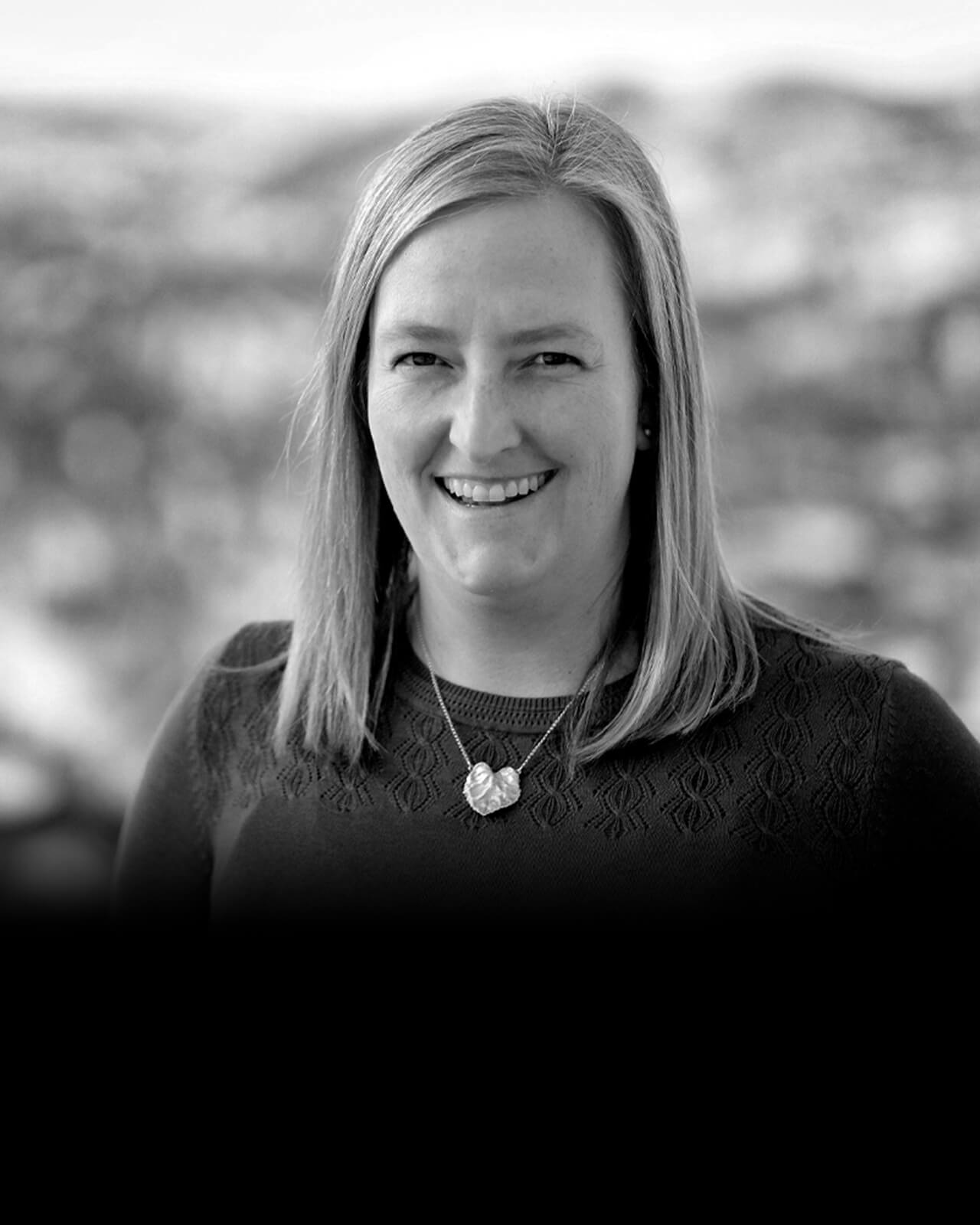
AHA talks with Stephanie Dolmat, ESG Reporting and Communications Lead, Brand Purpose Team, Adobe
Stephanie Dolmat leads Adobe’s environmental, social and governance (ESG) disclosure and reporting and is responsible for promoting sustainability opportunities and managing risks. After taking a sabbatical to run a Congressional campaign for U.S. House candidate Shireen Ghorbani in Utah, Stephanie returned to Adobe, where she helps drive the company’s leading ESG policies and practices. We talked with her about what CSR managers can and should focus on, as well as the use of AI to improve diversity and inclusion at Adobe Stock and adaptive text to enhance reading outcomes, among other things.
A lot of companies struggle with how to do ESG in a way that is rigorous but also gets noticed by investors and enhances their brand. Adobe manages to do all three. What’s your secret?
Stephanie: It comes down to seeing ESG performance as an integral part of the way we do business. ESG performance is expected from companies. So you can’t just achieve one thing and say, “All right, we’re there.” We’re always looking at what are the best practices throughout our organization in the areas that are material to our company: environmental sustainability, diversity, equity and inclusion, employee engagement, privacy, cybersecurity. It’s that combination of buy-in from the top as well as from all of the employees to see how this ladders up to a bigger program.
We’ve found that leading on ESG creates positive effects throughout our business. Adobe’s brand is a result of not only what we do but how we do it. So when you’re looking at our customers recognizing our leadership and the positive ways we influence our communities, that’s how we can recruit the best talent. If you’ve got a strong brand and strong talent, that helps you achieve strong business results.
Many companies are stuck in this legacy mindset that CSR and ESG are adjacent to the core business. They’re seen as things that get addressed “after we make our money.” How did it flip to where ESG became something integral to Adobe’s business?
Stephanie: We’ve started getting clear signals from all of our stakeholders that this was becoming an important issue to them. It’s coming from all sides. Nearly all of our shareholder calls have some component of ESG. Seventy-five percent of our RFPs that we respond to for our customers have requested ESG information from us. When you’re seeing those levels of demand, it’s not something that you can say, “Oh, that’s a nice-to-have.” ESG has to be integrated into the way you do your business if you’re going to succeed.
We’re seeing ESG as fundamental to our business from an investor and customer standpoint, but it’s also vital to employee engagement and our employment brand. I think COVID and the social justice movement have elevated this with employees.
You have to have a stake in it, or you won’t be able to talk about it authentically.
With so many stakeholders and reporting standards, how do you go about setting your priorities for what you’re going to communicate? It’s seems easy to get tied up in just responding to all the frameworks.
Stephanie: You have to know what your message is to all of your various stakeholders. I’m a big believer in message discipline from my days in politics: Know your core story and keep telling it in various ways. I work closely with our marketing, communications and PR folks—they’re an integral component of our ESG and CSR team. Because it’s one thing to be doing the right thing, but if you can’t communicate that story to all of your various stakeholders, there’s likely to be a big disconnect.
What stories resonate?
Stephanie: Stories where we’re using our people and technology to bring new solutions to a problem that society sees as important. You have to have a stake in it, or you won’t be able to talk about it authentically.
An example would be how we’re using AI to improve diversity and inclusion at Adobe Stock, which is a platform where creators of all kinds of digital content can source images. There tends to be a lot of habit and unconscious bias in the images people select, which affects the sense of diversity in our overall media culture. Our AI program is called Sensei, and we use it to programmatically make sure that when you look for a photo in Adobe Stock, you’re going to get a diverse representation of images of all kinds and varieties of people. It’s a way we can help our customers promote a more diverse, equal and just society through the images they use.
How have the events of 2020 changed Adobe? What have been the biggest effects?
Stephanie: We’ve been really focused on supporting our employees through these times. We took early and decisive action in response to COVID-19, having our teams work from home, suspending travel, shifting corporate events to digital and introducing new employee benefits, including a COVID-19 paid time-off benefit. We have been paying our contracted on-site operations vendors while offices are closed. The transition to remote work was managed very carefully, working closely with our customers. Digital transformation is at the core of what we do. And as we’re seeing in the pandemic, that’s more crucial now than ever.
We have a new Taking Action initiative which identifies five key areas, where Adobe has committed to addressing inequality at our company, in our communities and in society. So that’s certainly been a focus here in 2020.
I think it’s essential to have a more global understanding about the role our company plays in society and what we can affect based on our business.
And in the midst of all this, Adobe conducted a materiality study. How’d you pull that off?
Stephanie: We did our original study in 2015. And as business changes, you just want to do a pulse check and ask, “Is this really what we should be focusing on?” So we did a refresh, and it went really well. We saw a lot of alignment between what our internal and external stakeholders were viewing as Adobe’s key ESG priorities.
Do you see the idea of materiality moving toward something that’s more constant and ongoing in response to today’s pace of change?
Stephanie: We’ve been seeing this concept of dynamic materiality come up, moving toward a real-time approach to identifying trends about what’s materially important via AI and social listening tools. I really think that the traditional approach and the more dynamic approach aren’t necessarily mutually exclusive. With the kind of more AI-driven materiality assessment, you lose that personal touch that you can get from interviews with internal and external stakeholders—to really speak with the people who fundamentally understand the business and the people who are fundamentally affected by your business. Combining periodic materiality assessments with this more dynamic materiality check-in is likely to be the way forward. I think it’s essential to have a more global understanding about the role our company plays in society and what we can affect based on our business.
OK, big question. What’s the role of business in society moving forward given the urgency of our challenges?
Stephanie: Business should focus on what it does well, which is to be innovative and deploy things really quickly. Take Adobe’s recent readability initiative. We know that early reading skills are a huge indicator of life success and that many kids and adults struggle with reading disabilities and eyesight problems. We thought, “Instead of forcing the reader to adapt to one standard, why not have the text adapt to the reader?” We’re finding that reading speed and comprehension can be dramatically improved when you consume content in your preferred font, text spacing and line spacing.
So, we’re partnering with a nonprofit called Readability Matters to explore how text personalization can make a difference for kids and improve accessibility. For instance, if you don’t have as good of eyesight or you have a reading disability, you can tailor the Adobe PDF settings to how you read. We think this kind of text tuning will allow more people to access more reading materials. It’s these cross-sector partnerships between business and civil society organizations that can be the most effective at taking on the big challenges of our day. We can’t do it alone.




